Hemp is a very sustainable construction materialthat is no longer just a fringe product; rather, it is becoming a more accessible mainstream building product, most notably ashemp-batt insulation, and also hemp boards for cabinetry.
Why choose hemp building materials?
The growing and harvesting of hemp is a far more sustainable process than harvesting wood for use as building products, due to the short time period in which a crop is ready to harvest. Traditional fiberboards are made from slowly replenishing timber resources, and their high demand causes a significant need to harvest vital trees in dwindling forest habitats around the world.
Low-density fiberboard is typically made from waste materials such as sawdust and scraps of wood and is currently used in a wide variety of applications and is often utilized as an inexpensive substitute for plywood and wood fiberboard when possible. However, hemp is a superior substitute.

Hemp boards
Sunstrand, a company from Louisville, Kentucky, began by growing and processing industrial hemp, and soon after their founding in 2014 they began to fabricate several finished products.
“Sustainability is key to our mission and business model. We noticed that the market was slow to adapt, and we wanted to help other companies realize the potential of hemp as a building material,”says Adam Block, VP of Sales/Marketing. After much research and development, one of the first products Sunstrand created was Hemp Coreboard. This light-weight board is made with 100% hemp hurd, the core of the hemp stalk.

Why Hemp is healthy and sustainable
要了解以大麻为基础的产品的显著环境效益,最好从大麻的独特生长期开始。大麻可以在短短120天内从种子变成一种准备收割的材料,使其成为世界上最快的可再生材料之一。从这个角度来看,一些软木可能需要120年才能创造出相当于几英亩大麻3个月产量的可用生物量。
The rapid growth-cycle of hemp presents a unique and much needed environmental perk with quick carbon sequestering capabilities. By the time it is ready to harvest, one ton of hemp will have sequestered an average of 1.62 tons of CO2. Carbon is then stored for the entire lifecycle of the material.
From a health perspective, unless you intentionally source a healthy alternative, most forms of sheet stock such as OSB (oriented strand board), MDF (medium density fibreboard, particle board and plywood will contain formaldehyde and VOCs. Hemp Coreboard on the other hand, is non-toxic and does not contain formaldehyde and toxic resins. Coreboard is also manufactured using a sugar-based binder, therefore hemp building products can help contribute tocleaner interior air qualityin homes.
To meet industrial safety standards, a salt-basedfire-retardant treatmentis used to prepare the boards, which also helpsmitigate the risk of mould (or mold for our US readers), mildew and pest infestations in hemp board. The safer manufacturing process of hemp building materials not onlyreduces the risk of exposure to VOCsin the home, it amounts to a reduction in the manufacturing of toxic synthetic materials, thus protecting global air quality and waterways.
Applications for Hemp construction board
麻芯板意味着是一个可持续的替代刨花板和其他板材料,在许多应用。麻是轻量级,耐用和强大,使其完美适合应用的刨花板一般使用。此外,由于重量较轻,它易于使用,降低了制造和运输成本。
The hemp boards currently being manufactured by Sunstrand are not structural, though the potential is there for the future. At present, boards can be used for a wide variety of applications including molding, cabinetry, shelving, furniture, and when properly sealed can be used as tables and counter tops.
Coreboard is manufactured in the Unites States and Canada.


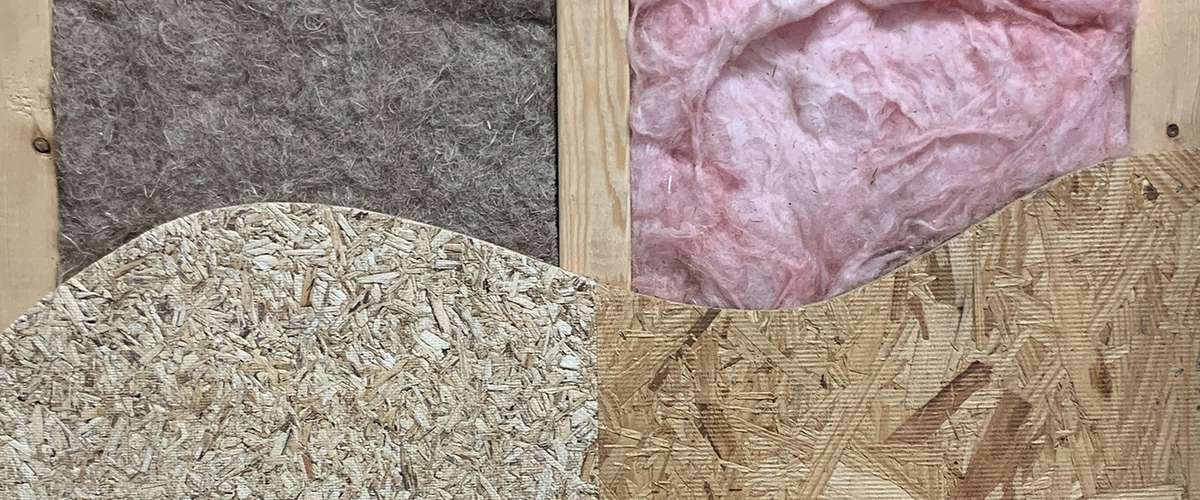















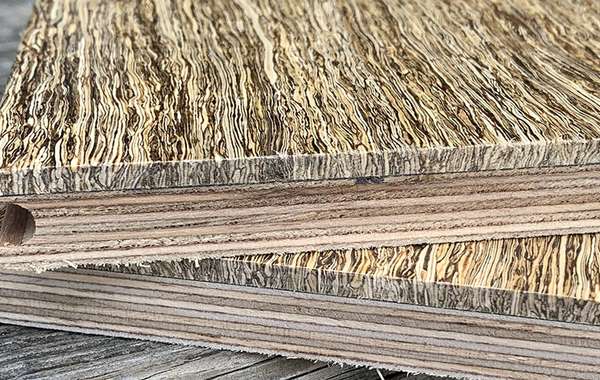

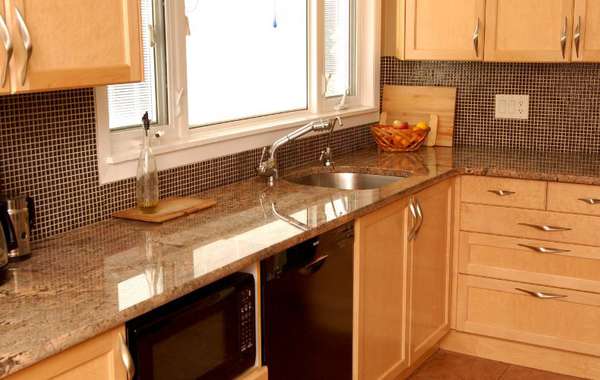
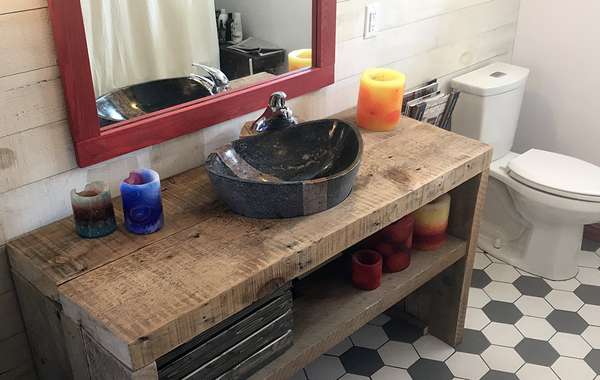
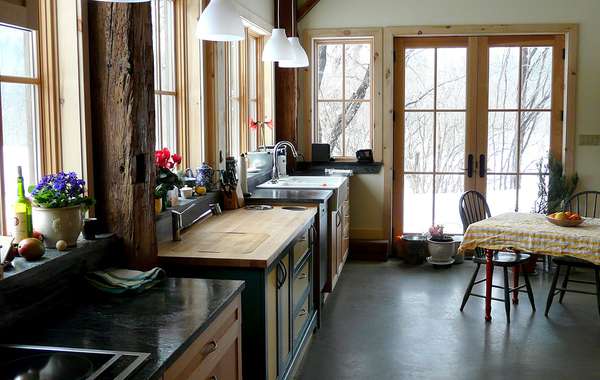
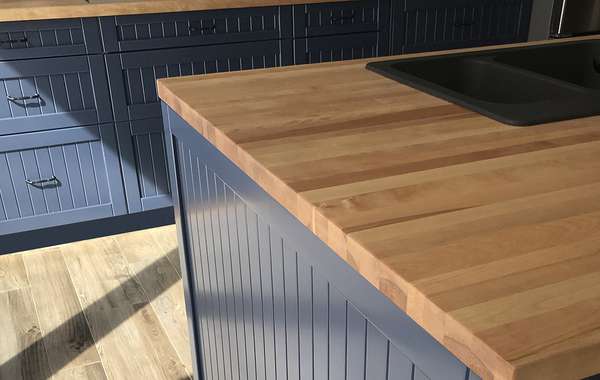

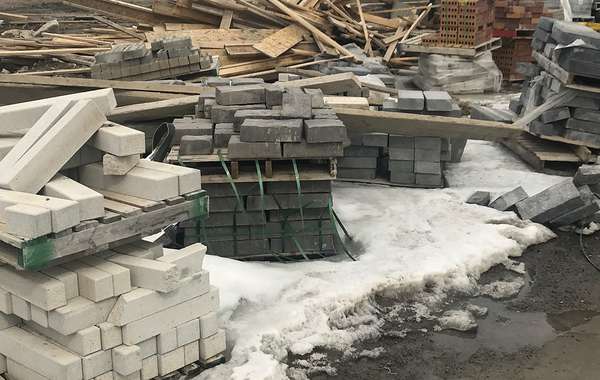
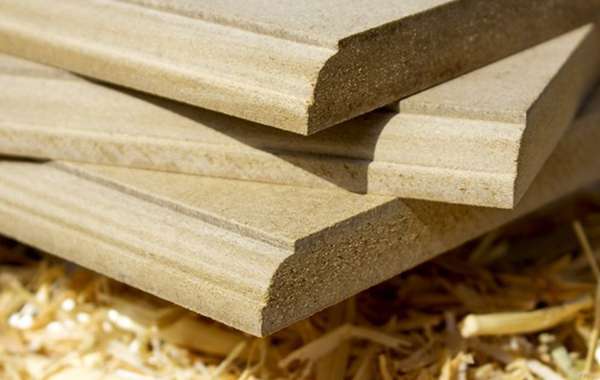

Comments (0)
Sign Up to Comment